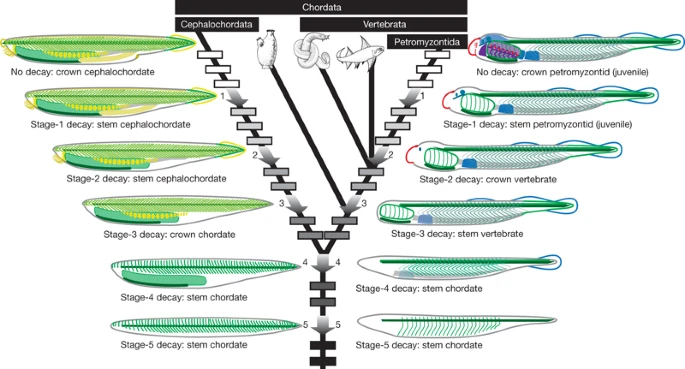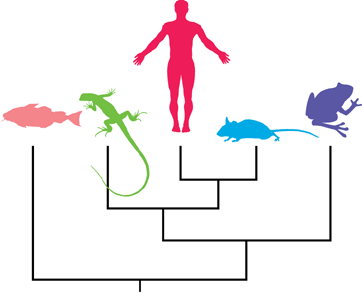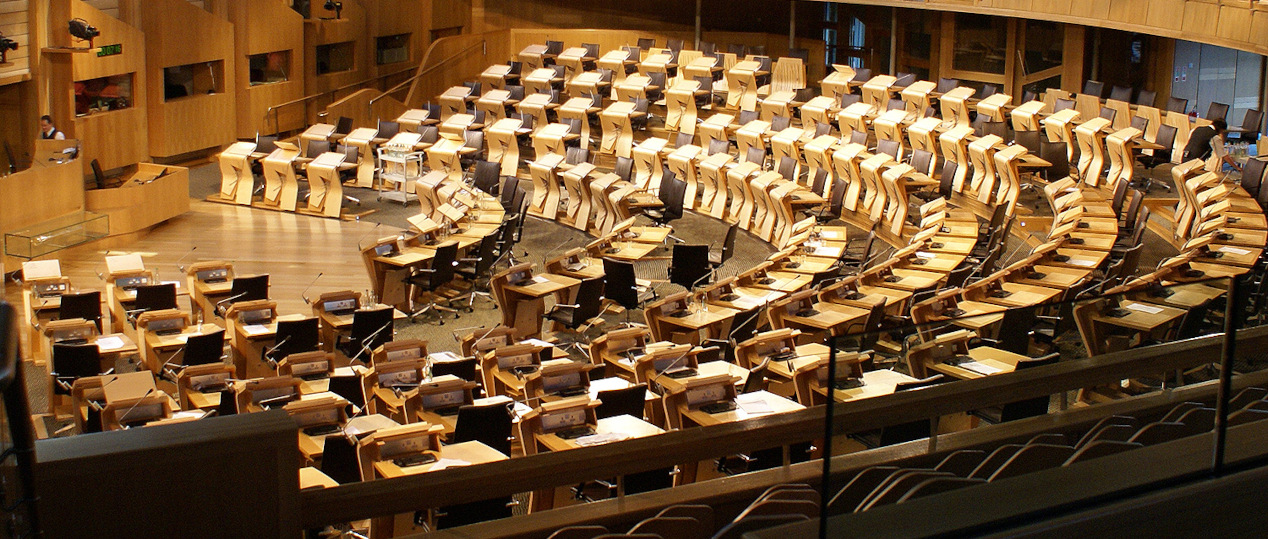The debate
The debate will follow a structure in which a member of each team in turn puts forwards an
uninterrupted five minute statement that helps to build the argument.
Each team should open with an opening statement that puts forwards the outline of their argument in a clear and attention-grabbing way.
After five minutes, the subsequent team member(s) will deliver the primary arguments, expanding on the arguments with specific evidence that builds a coherent case.
The final speaker on each team will provide a closing statement that rebuts any arguments presented by the opposing team before summarizing the argument for the team's own position.
After each statement, the active listeners will tersely summarise the key points of that statement.
Once all statements have been delivered, each team will be questioned by the opposing team, the listeners, and your demonstrator. The listeners may then weigh in with queries or comments based on their reading, and their listening.
Be sure to take notes and prepare incisive questions whilst listening to the other team's speeches.
Finally, the listeners will be asked to explain which side of the argument they found most persuasive, and why.
Preparing your statements
The opening statement is a logical place to define your terms – for instance,
what is meant by the Cambrian explosion, and why do we think it happened? It also gives an opportunity to pre-empt potential counter-arguments: "Even though some people think X, we really know that Y".
When summarizing your arguments in the closing statement you might identify where apparent disagreements boil down to differences in definitions, rather than in substance; this is also an opportunity to refute any arguments made by the opposite team.
Active listening
Put briefly, active listening is the skill of listening for understanding.
It is characterized by:
(i) giving the speaker your full attention, putting aside distractions;
(ii) letting the speaker finish, without interruption;
(iii) feeding back what you understood the other person to be communicating;
(iv) asking questions for clarification, where necessary; and
(v) understanding, rather than evaluating, what the speaker is saying.
An active listener might say I heard you say that X experiment shows Y;
but Z made, you didn't sound convinced that the results could be generalized.
An active listener wouldn't say You said that X caused Y, but
such-and-such a study showed that X really causes Z – challenging an argument is
the job of the opposing team.
By reflecting back what they have understood, the active listeners will give the speakers
an opportunity to clarify any points that were overlooked or misunderstood.



